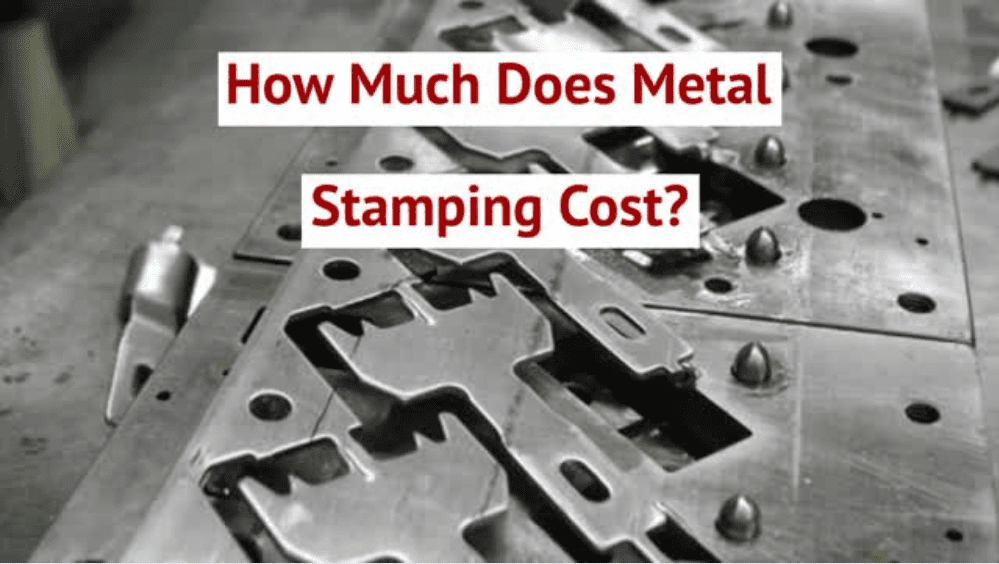Checking Out the Globe of Metal Stamping: From Style to Manufacturing
Within the realm of manufacturing, metal stamping sticks out as an accurate and effective approach for shaping steel sheets into different types with impressive uniformity. From the initial design phase where complex patterns materialize to the elaborate manufacturing procedures, steel marking is a mix of artistry and engineering. Digging right into this globe introduces a complex interplay of imagination and technological proficiency, using a look right into a world where technology fulfills workmanship.
Background of Steel Stamping
Steel marking, a widely used production procedure today, has a rich background that goes back to old times (Metal Stamping). The origins of metal marking can be mapped to ancient human beings such as the Egyptians, who made use of marking strategies to embellish precious jewelry and accessories with elaborate designs. Over time, steel marking developed, with civilizations like the Greeks and Romans using it for producing coins and ornamental items

In the 20th century, metal marking proceeded to develop with the combination of automation and computer mathematical control (CNC) technology. These developments further raised the performance and precision of metal marking processes, making it a vital component of modern-day manufacturing across sectors such as auto, aerospace, and electronic devices. Today, metal stamping remains a vital manufacturing procedure, combining tradition with development to meet the needs of a constantly advancing market.
Style Considerations and Prototyping
When establishing metal marking jobs, careful attention to make considerations and prototyping is important for guaranteeing optimal manufacturing results. Style considerations in metal stamping consist of product choice, part geometry, tooling layout, and manufacturing feasibility. Selecting the right product is critical as it affects the part's efficiency, price, and manufacturability. Component geometry affects the intricacy of the stamping read what he said process here and the capability of the final item. Tooling layout plays a significant function in the success of steel stamping jobs, affecting part precision, device longevity, and manufacturing performance.
Prototyping is a vital stage in the steel marking process that enables designers to check the design, verify manufacturability, and make required adjustments before major production. Prototyping helps identify potential issues at an early stage, saving time and costs in the long run. It additionally gives a chance to enhance the design for performance and top quality. By very carefully thinking about style aspects and making use of prototyping, makers can improve the metal marking process and achieve high-quality, cost-efficient production outcomes.
Tooling and Devices Basics
Taking into consideration the critical role that tooling design plays in the success of metal marking tasks, understanding the necessary devices and tools called for is paramount for attaining effective production results. Fixtures hold the metal in location during the stamping process, making certain accuracy and repeatability. Investing in top notch tooling and equipment not only improves manufacturing performance but likewise leads to greater accuracy, reduced waste, and general cost savings in metal stamping operations.
Manufacturing Process and Quality Assurance
Effectively managing the production process and executing durable quality control actions are important for ensuring the success of steel marking tasks. The production procedure in steel marking entails a collection of actions visit the site that need to be carefully collaborated to attain optimum results. It begins with the prep work of resources, adhered to by the configuration of the marking equipment and tooling. Operators then feed the materials into the press, where the marking procedure takes location. Throughout this process, it is vital to monitor the production line for any kind of issues that might impact the top quality of the stamped components.
Quality control in metal marking is paramount to deliver products that fulfill the required specs. By maintaining strict top quality control standards, makers can maintain their track record for delivering high-quality steel marked products.
Applications and Sector Insights
In the realm of metal marking, the effective application of manufacturing procedures and high quality control measures directly influences the performance and reliability of numerous industry applications and gives useful understandings right into the market's operational characteristics. Furthermore, steel stamping facilitates the manufacturing of numerous house home appliances, including fridges, cleaning machines, and ovens, by giving cost-effective services for producing long lasting and complex components. Understanding the applications and industry understandings of steel marking is necessary for enhancing production processes and enhancing product quality across different industries.

Final Thought
Layout considerations, prototyping, tooling, devices, production procedures, and high quality control are necessary aspects of metal marking. With its prevalent applications and industry insights, steel marking continues to be a versatile and efficient manufacturing procedure.